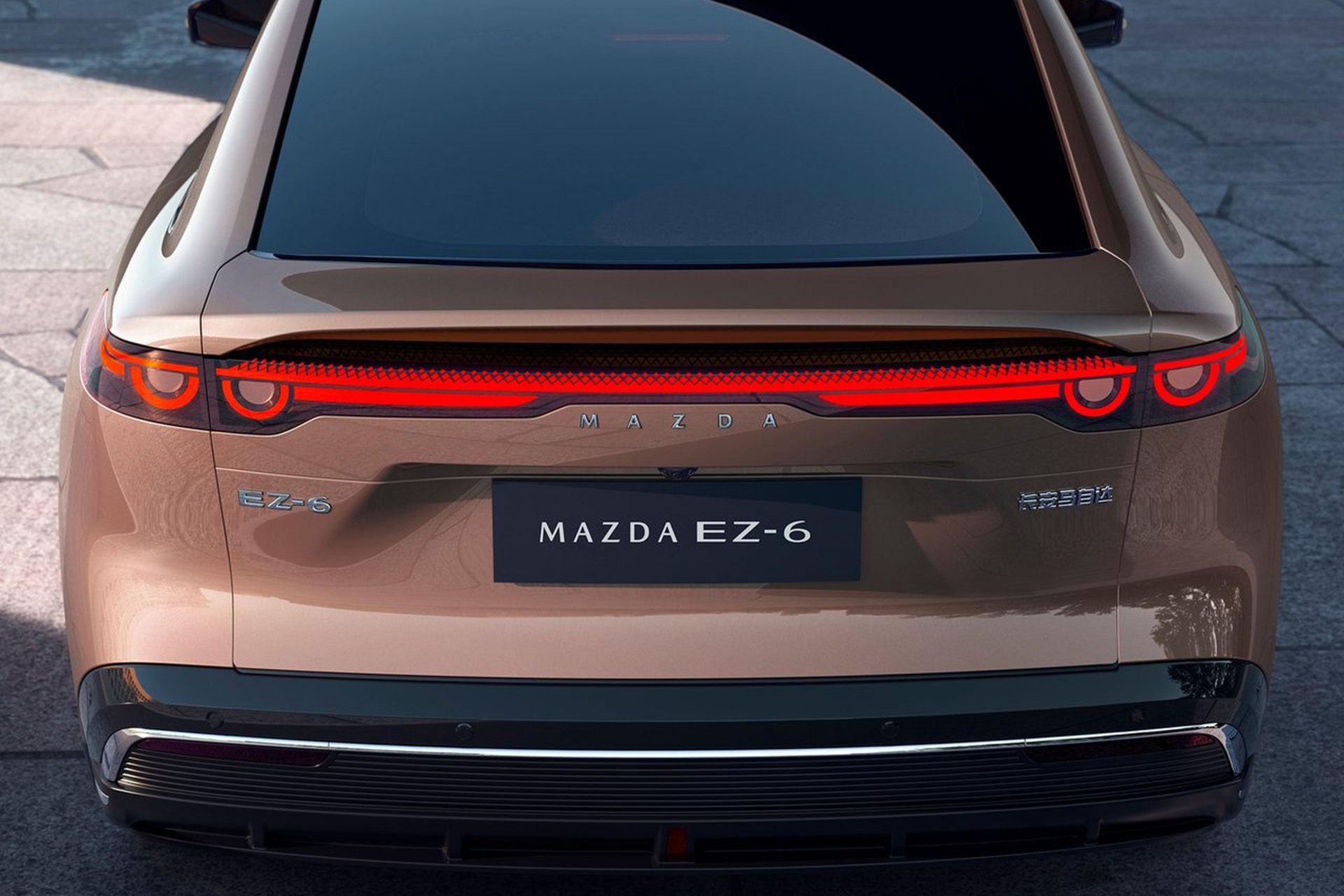The EZ-6 debuted at the Beijing Motor Show in April as an electric successor to the company’s Mazda 6. It is now being manufactured by the joint venture firm Changan in China for the domestic market.
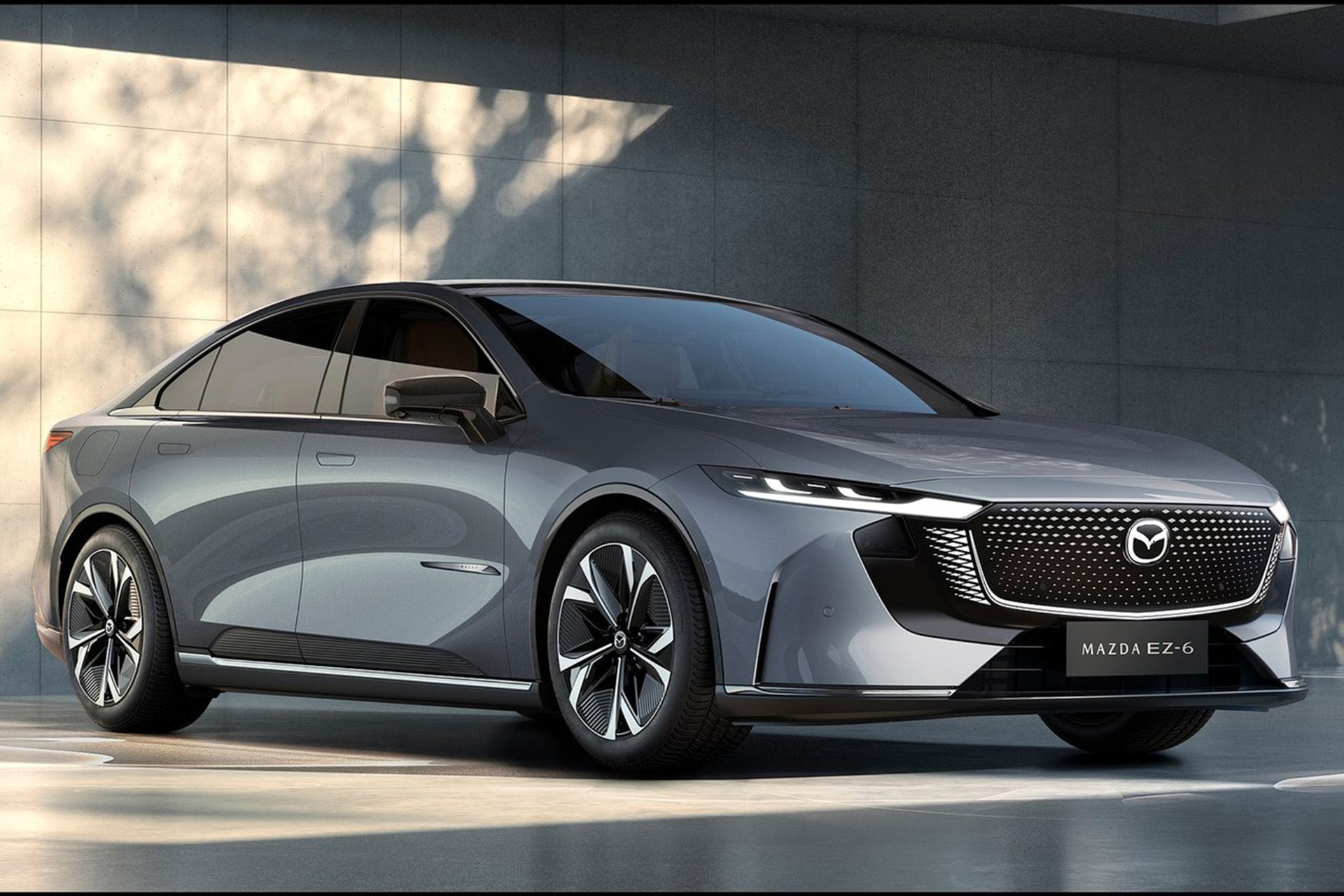
While it seemed to be a Chinese-only model, now Mazda says it plans to sell the EZ-6 as a global vehicle. It has signed an “agreement on electric vehicle export co-operation” with Changan Mazda. The JV firm will become “its exclusive Chinese new-energy R&D and production base facing the global market”.
Thus, “the EZ-6 will be Mazda’s first global new-energy vehicle”. They said it will enter the Chinese and European markets in Q3 of this year. The US and other markets weren’t mentioned in the release. Mazda America says it doesn’t believe long-range EVs are the answer in the US.
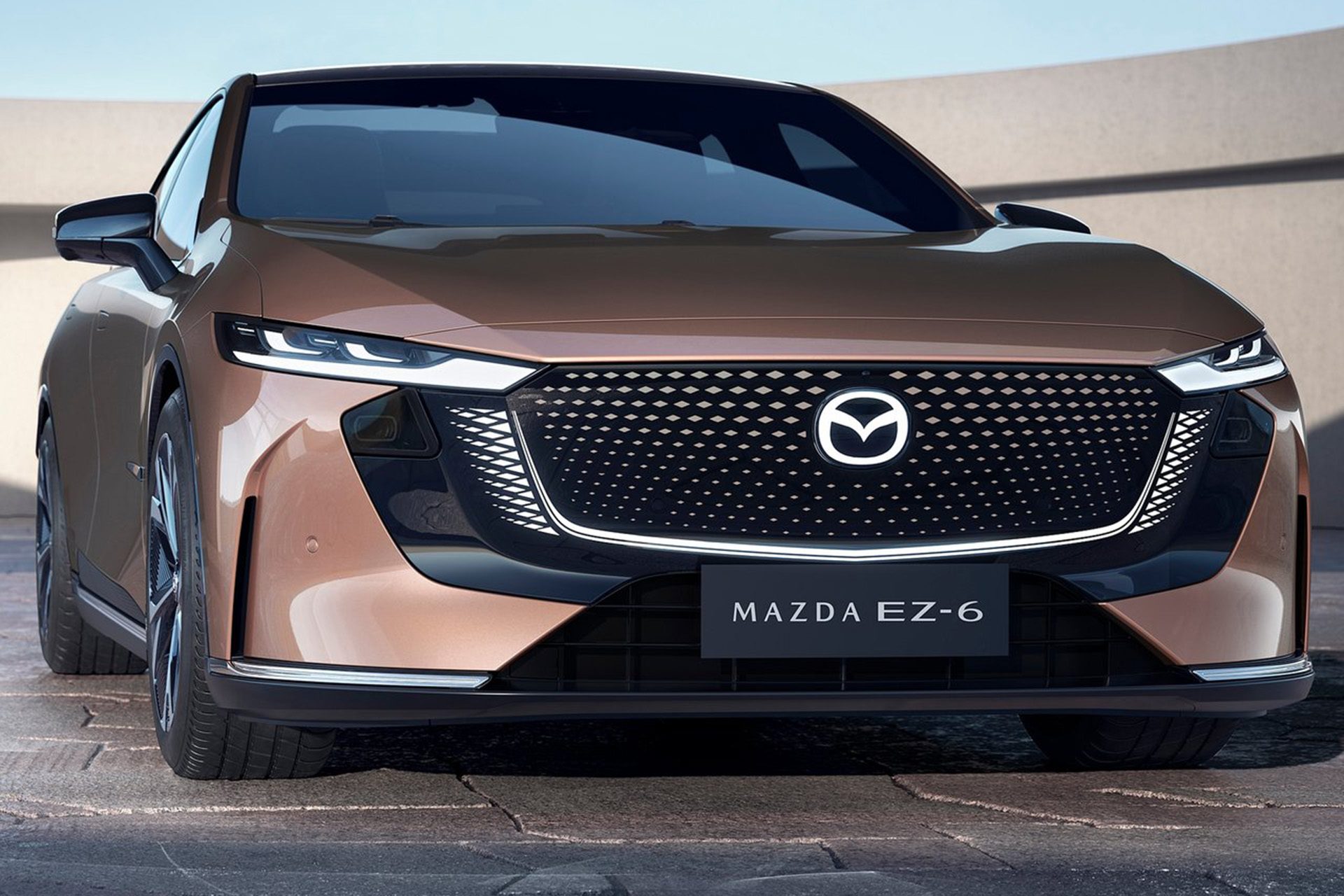
Mazda currently sells just the MX-30 compact electric SUV in Europe. In the first half of this year, the firm achieved a five per cent EV sales mix in the UK, way down on some of its Japanese rivals.
The EZ-6 could change all that. It measures up at 4921mm long and has a 2900mm wheelbase. That makes it a rival to the likes of the Tesla Model 3, Polestar 2 and BMW i4, some of the most popular EVs on the market.
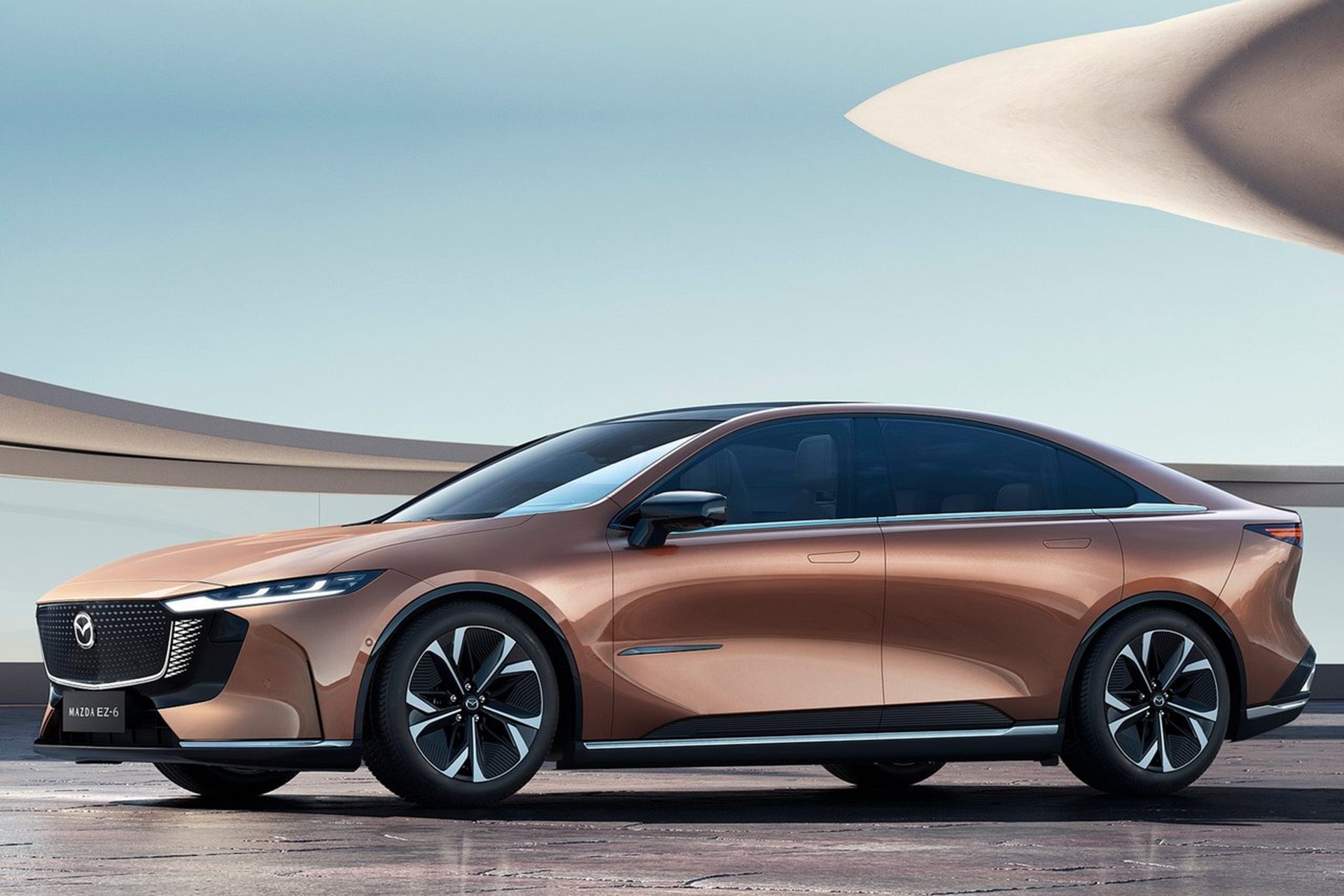
There is no word on pricing but Chinese-built EVs now incur significant import tariffs in the EU. Cars built by Changan will incur duties of 20.8 per cent, meaning the EZ-6 will not become a value alternative to the mainstream options.
The EZ-6 is not related to any other Mazda currently on sale. It features Kodo styling while Changan developed the modular EPA platform. This architecture can accommodate pure-electric and range-extender (REx) drivetrains. Indeed, electric and PHEV options will be offered for export markets.
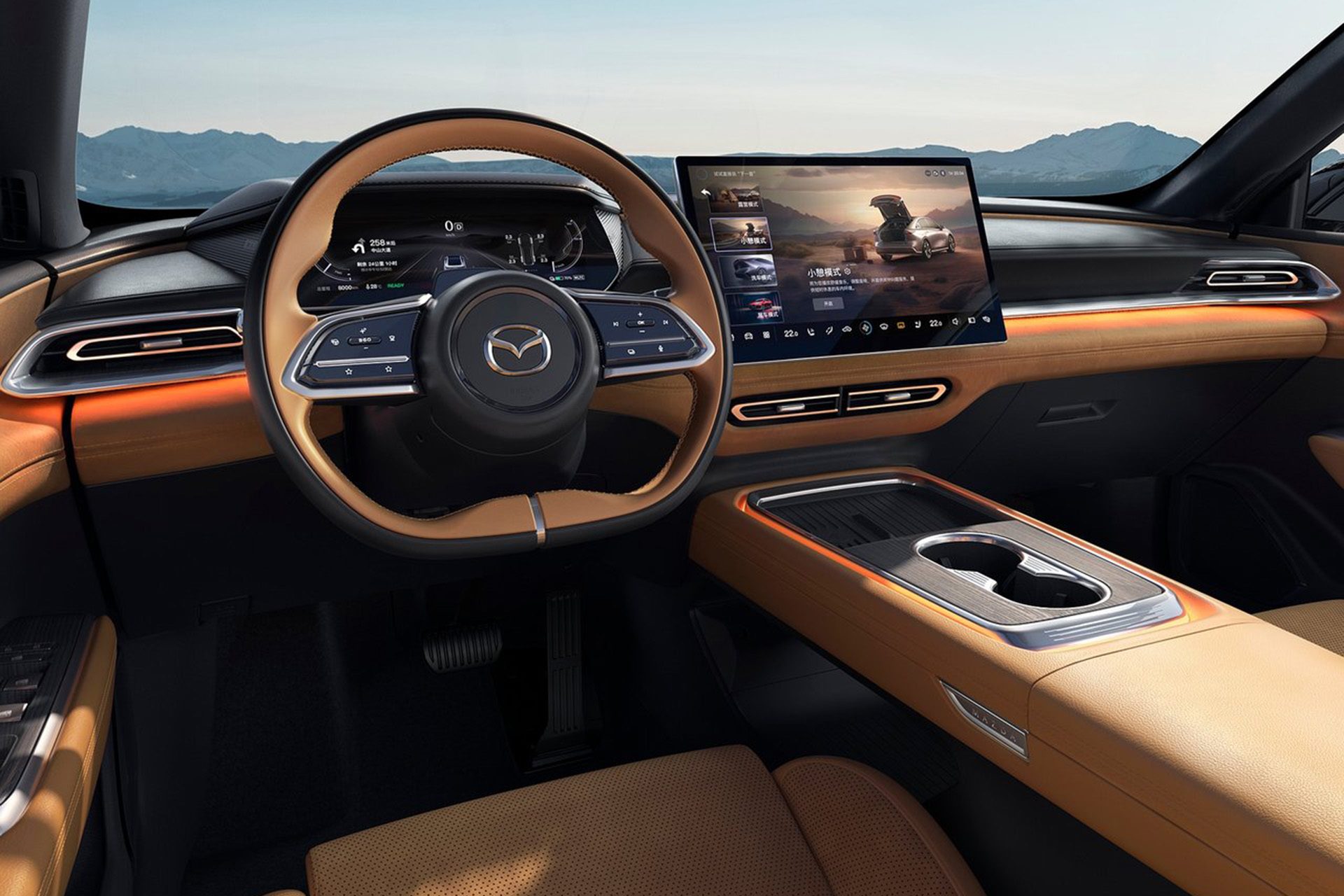
In pure electric form, EZ-6 will feature a rear-mounted 163kW motor and an estimated range of almost 600km. As an REx range extender, also rear drive, it has a claimed total range of around 1200km.
Mazda says that although the EZ-6 is electric, engineers from the company’s European R&D centre travelled to China to contribute to the car’s development. So expect the ‘car and driver as one’ handling characteristics, with a 50:50 weight distribution, multi-link rear suspension and a self-raising rear spoiler that aids stability at speed.
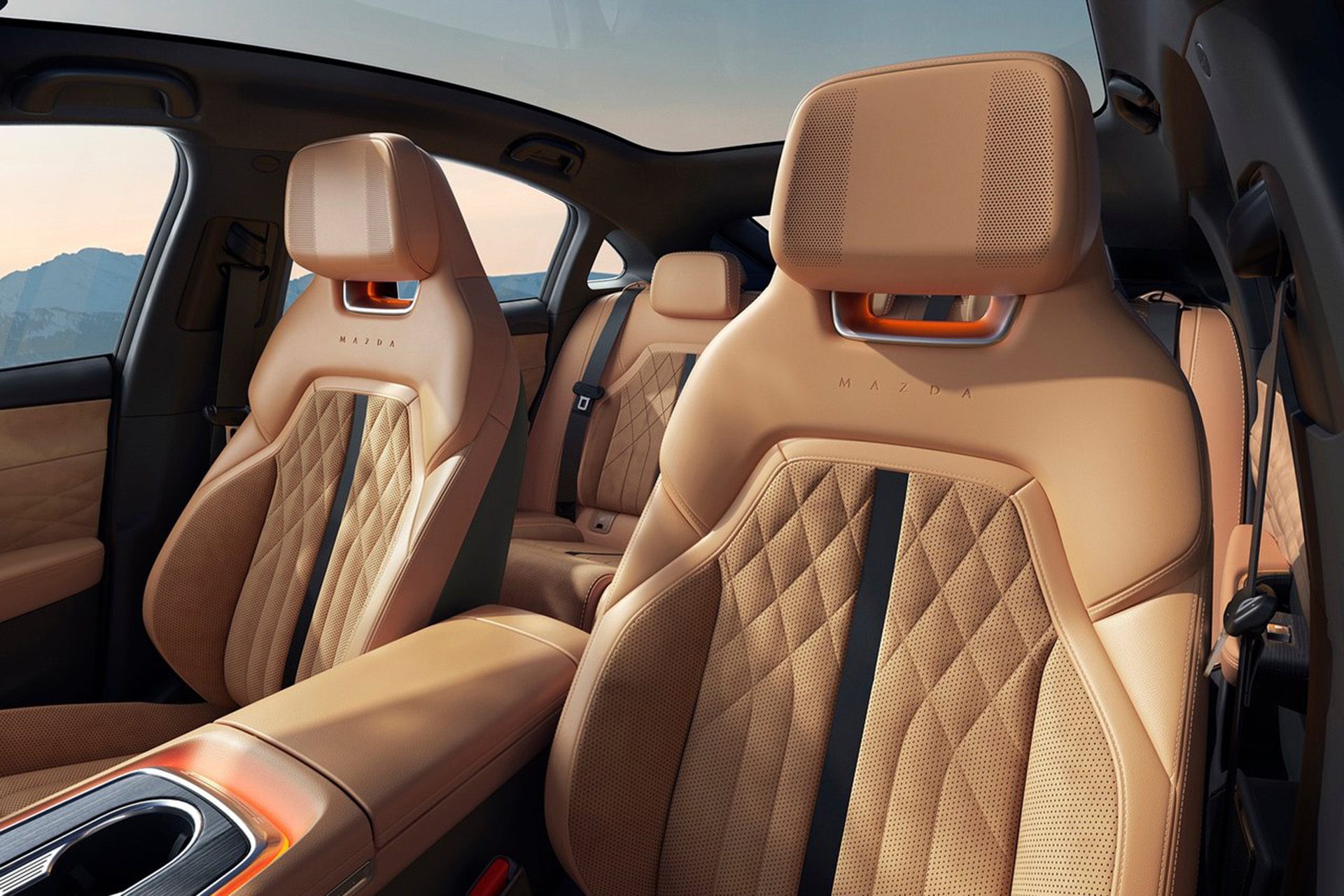
The interior has a minimalist but luxurious flavour, which the Chinese seem to favour. It has both touch and voice control, with a 14.6-in infotainment screen. Physical controls are limited to haptic switches on the steering wheel.
At the Beijing show, Mazda and Changan also revealed the Arata concept as a vision of an SUV that’s set to enter production in 2025 atop the same EPA platform. They haven’t yet confirmed plans to sell it outside China.
